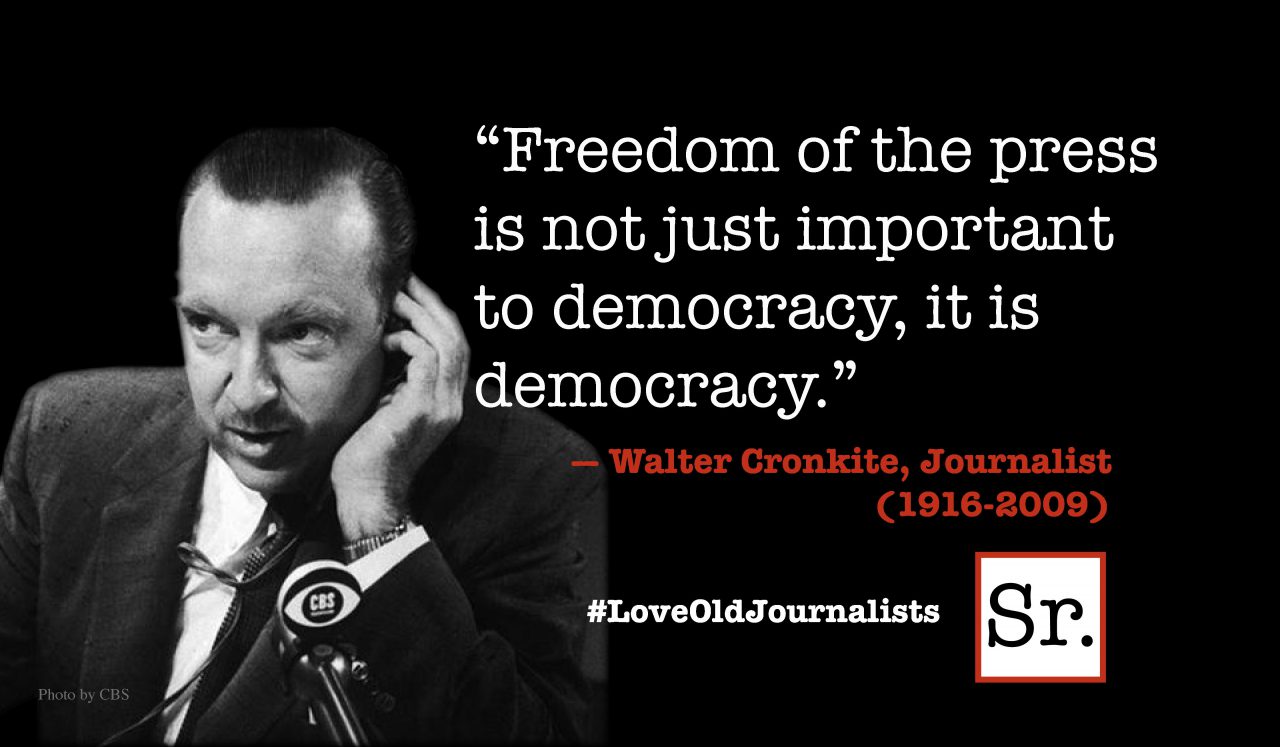High tech used to be a young person’s game, and in many companies — startups and big corporations alike — it still is. But savvy digerati have begun to realize that the huge market of buyers over age 50 is being underserved. No wonder the Consumer Electronics Show in Las Vegas, long the showcase for the latest digital wizardry, last January held a summit called Lifelong Tech that focused entirely on how technology could serve the needs of older people.
Seniors may lag in tech adoption, but they’re hardly in the dark about the trends that have defined our era. Fifty-nine percent of 65-year-olds surveyed used the Internet in 2014 — a figure that has grown 6 percent in just two years — according to the Pew Research Center. Tech-minded organizations have sprung up to support this market. Aging2.0 is a global network linking entrepreneurs. Now partnering with Google, Aging2.0 is a sign not just of the size of this market but its potential to change lives.
As lifespans lengthen, retirement becomes less an ending than an opportunity for a second act, one rich in lifestyle and networking opportunities. Seniors can tap emerging trends like wearable computing devices to bring the benefits of connectivity into their daily round. A case in point is Lively, a watch that doubles as a medical alert system and medication reminder that can send notices over the Internet to keep family members in touch at all times.
Lively is one of a number of products that are encouraging the “aging in place” movement, wherein seniors manage their own health care and have networked options when they need help, so that caregivers can keep an eye on them without needing to be physically present. And if human caregivers aren’t available, robots can help: Consider the Giraff, a tablet attached to a wheeled cart that can be controlled remotely, offering visual and sensory feedback for seniors away from their family, with communications via Skype when personal visits are not possible.
A shortage of human caregivers seems an inevitable consequence of the aging population, highlighting the need for high-tech solutions as the home becomes the center of health care. By 2019, according to Goode Intelligence, there will be 5.5 billion users of mobile and wearable biometric technology. No wonder Apple is developing its HealthKit package that can share medical information through a smartphone app and track vital signs minute by minute.
Because being social is a key factor in the battle against cognitive decline, software like Tyze, which creates a private network surrounding not just the care but the personality of an older person, can supplement major public networks like Facebook. What used to be monitoring services are now interactive, offering communication options from email to online chat groups in easy-to-use formats. Breezie is a software tool, preinstalled on some tablets, that provides simplified interfaces for major apps to make the devices less confusing to operate, with an online hub that can be set up by a family member or friend or maintained by the user herself.
What’s ahead for technology in the senior market? Think in terms of re-engineering traditional tools. The ROVA is cast as a “mobility platform,” but with its sleek lines and curved, folding baskets, it’s more more like a four-wheeled racing bike than an old-style walker. With attachment for a smartphone, it aids in balance and stability but doesn’t compromise a senior’s dignity. Ease of use is paramount. A company called IDEO is working on replacing traditional bifocals with a design that adjusts lenses on the fly, triggered by nothing more than a wave of the hand.
And if memory is a challenge, startups like Narrative produce wearable cameras that record digital snapshots every 30 seconds. The Narrative Clip camera can be seen as a “memory prosthetic,” a way to help those challenged with Alzheimer’s stay rooted in their daily experience. Even transportation and delivery companies like Uber can come into play as seniors maintain independence by managing their own grocery shopping and trips to the doctor.
What it takes is the vision to see how high tech can improve seniors’ daily rounds. That’s not always easy in a world where most tech firms have a median employee age of less than 35, but there is a growing sense in many firms that older adults can change tech by being brought into the design process from the start. Turn their imagination loose on tools like the “Internet of Things,” where wearables and ordinary household gadgets become Net-connected, and “aging in place” will take on definition as a productive and independent chapter in our increasingly lengthy lives.
Learn more:
Lively: http://mylively.com/
Giraff: http://www.giraffplus.eu/
Apple HealthKit: https://www.apple.com/ios/whats-new/health/
Tyze: http://tyze.com/
Breezie: http://www.breezie.com/
Rova: http://www.ddstudio.com/portfolio-item/pedestrian-assistive-technology/
IDEO: http://www.ideo.com/
Narrative: http://getnarrative.com/









